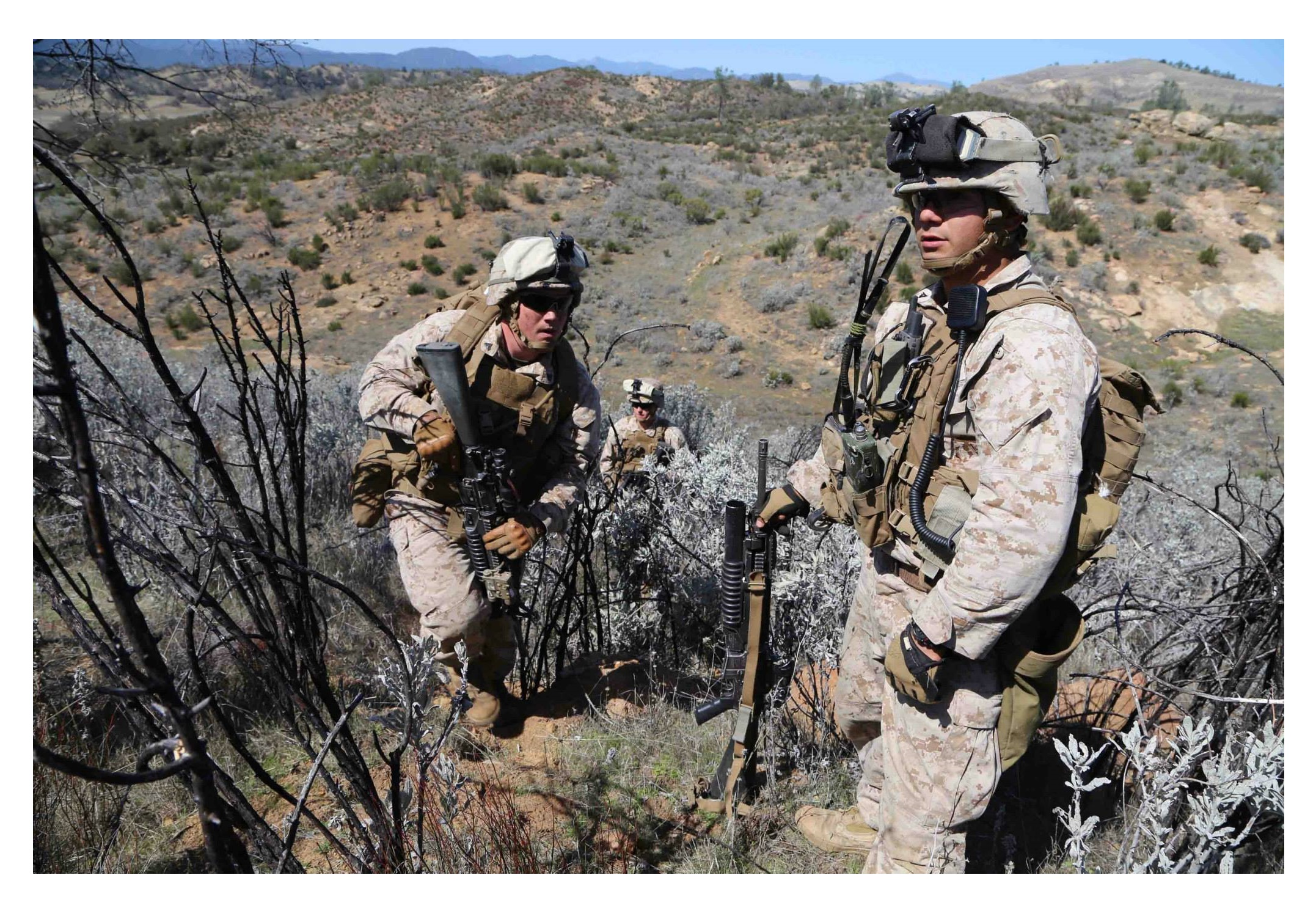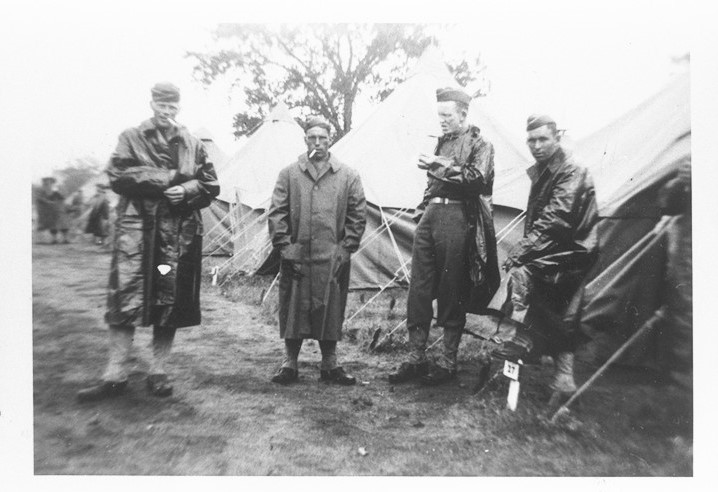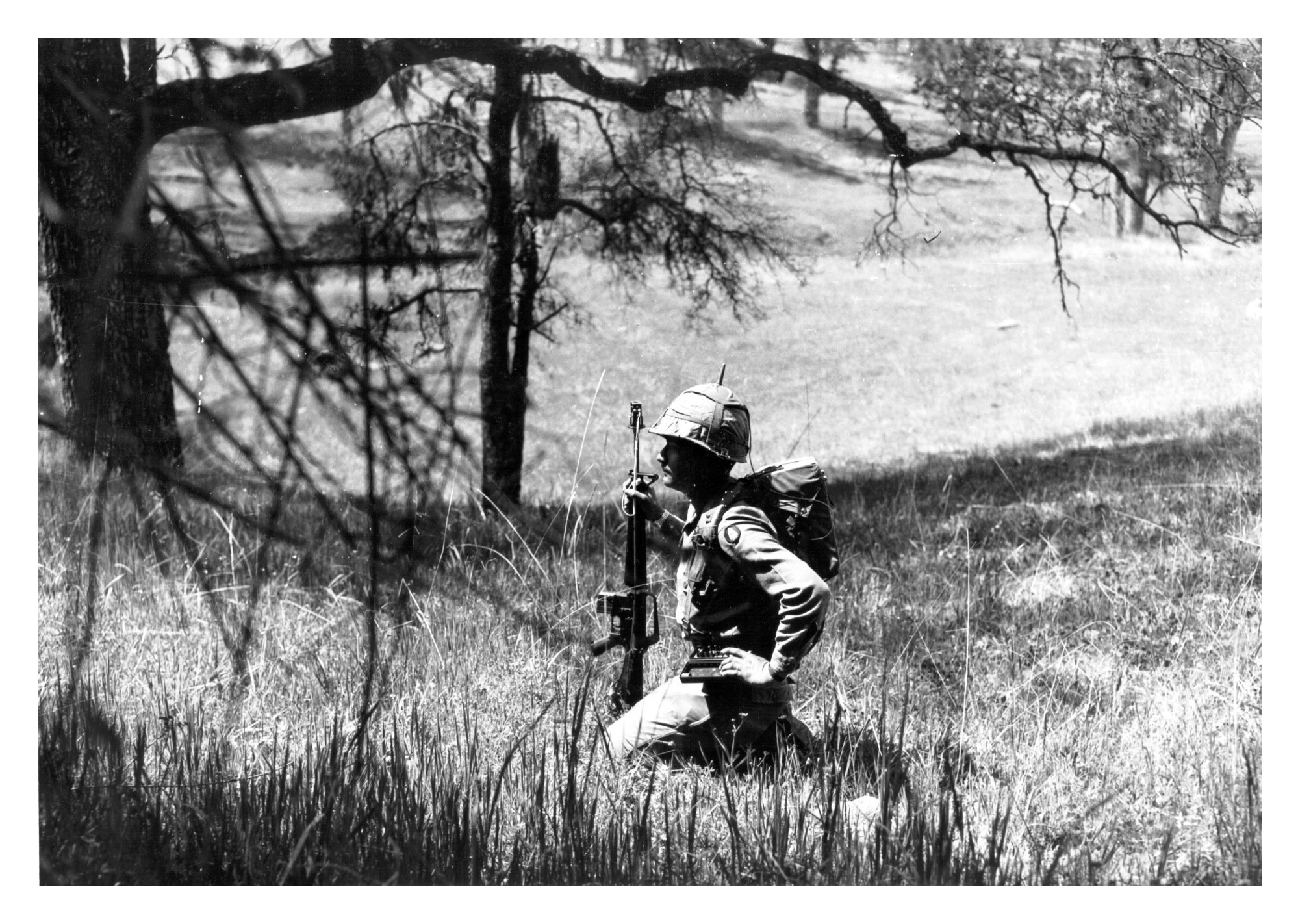U.S. Army Garrison Fort Hunter Liggett
 The U.S. Army Garrison F
The U.S. Army Garrison F ort Hunter Liggett (FHL) provides world class training for combat support and combat service support units of the Army Reserve, and offers excellent training opportunities to all U.S. military components and those of allied nations. It is exceptionally well suited to large-scale joint exercises. FHL is funded by the U.S. Army Reserve, under the command and control of the U.S. Army Installation Management Command, based at Fort Sam Houston, Texas.
ort Hunter Liggett (FHL) provides world class training for combat support and combat service support units of the Army Reserve, and offers excellent training opportunities to all U.S. military components and those of allied nations. It is exceptionally well suited to large-scale joint exercises. FHL is funded by the U.S. Army Reserve, under the command and control of the U.S. Army Installation Management Command, based at Fort Sam Houston, Texas.
FHL is the largest installation in the Army Reserve, with more than 160,000 acres of unencroached mountains, valleys, rivers, plains, and forests, providing ideal maneuvering areas to meet today's training requirements. FHL's ranges, training areas and facilities support year-round joint, multi-component, and interagency training.
Located in the central coast of California in south Monterey County, FHL is 150 miles south of San Francisco and 250 miles north of Los Angeles. The installation is bounded on the north by the Salinas Valley, on the east by the foothills of the Santa Lucia Mountains, on the south by the Monterey/San Luis Obispo county line and on the west by approximately 55 miles of Los Padres National Forest. The western side of the installation is dominated by steep hillsides covered with chaparral, scrub, and live-oak forests (42% of the total area). In the central and eastern portion of the installation, the hills are intersected by flat to rolling river valleys of grasslands, oak savannas, and oak woodlands (55% of the total area). The San Antonio and Nacimiento rivers run northwest to southeast through the installation. The elevation ranges from approximately 820 to 3770 feet.
|
|
|
|
The U.S. War Department purchased the land from publishing magnate William Randolph Hearst, Jr. and neighboring landowners in 1940. The Army Post was officially designated as Hunter Liggett Military Reservation in 1941, and is named after Lieutenant General Hunter Liggett (1857 – 1935). General Hunter Liggett commanded the 41st National Guard Division, and later, the First Corps of the American Expeditionary Forces during World War 1. He also served as Chief of Staff for General Pershing. In 1975, the reservation was redesignated Fort Hunter Liggett Military Installation.
The installation provides land and facilities to support military training. Vegetation communities and water resources are managed to sustain current and future military training, as well as, good land stewardship and environmental compliance. FHL’s Natural Resources Program manages hunting and fishing (Sikes Act), endangered species (Endangered Species Act), eagles (Bald and Golden Eagle Protection Act), migratory birds (Migratory Bird Treaty Act), and wetlands (Clean Water Act). Additional projects support executive orders or regulations, such as invasive species management, and terrestrial and aquatic habitat improvements.
In the summer months daytime temperatures may be 100 degrees or higher but soon after sunset, temperature can drop quickly with the nights being cool and pleasant. Winter temperatures are cool and frost is not uncommon. FHL gets about 19 inches of rainfall annually with the vast majority of rain occurring between the months of December and February.

Soldiers in the Rain (Hunter Liggett Military Reservation - 1941)


